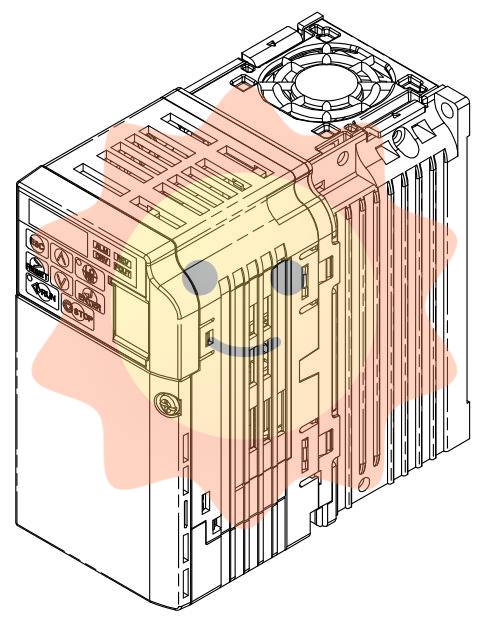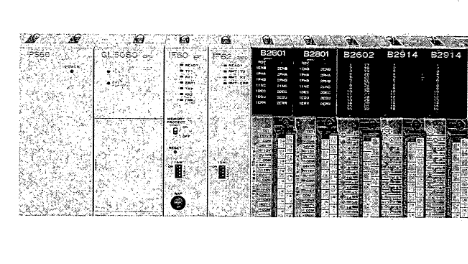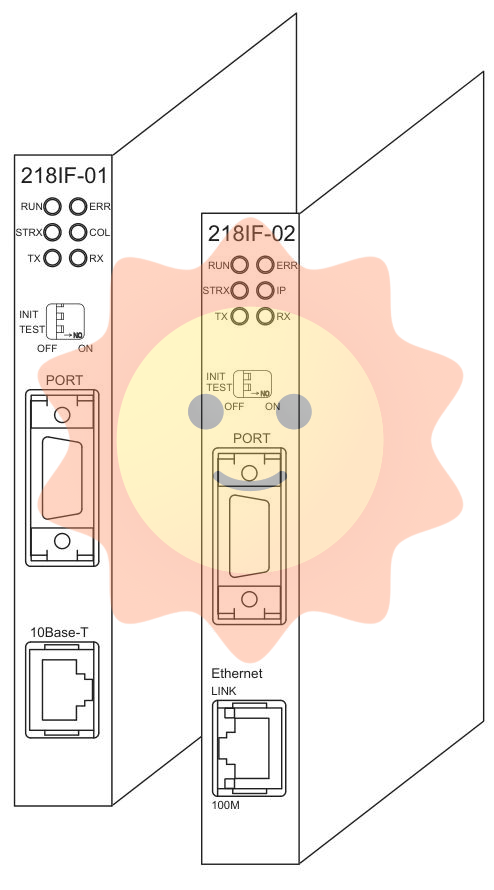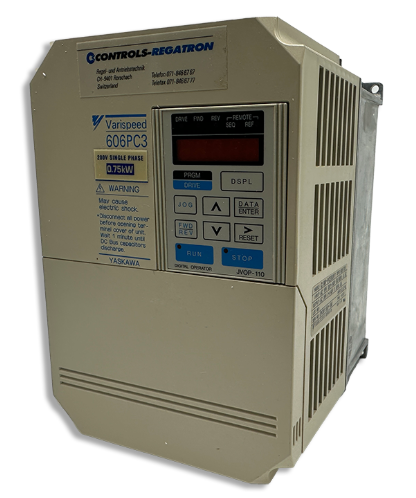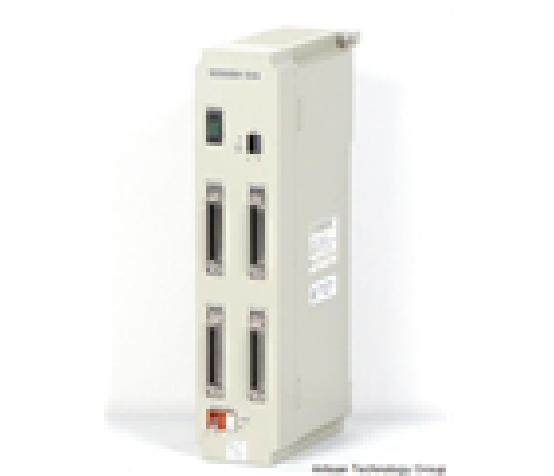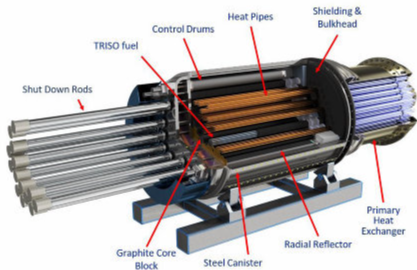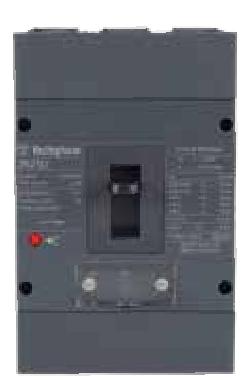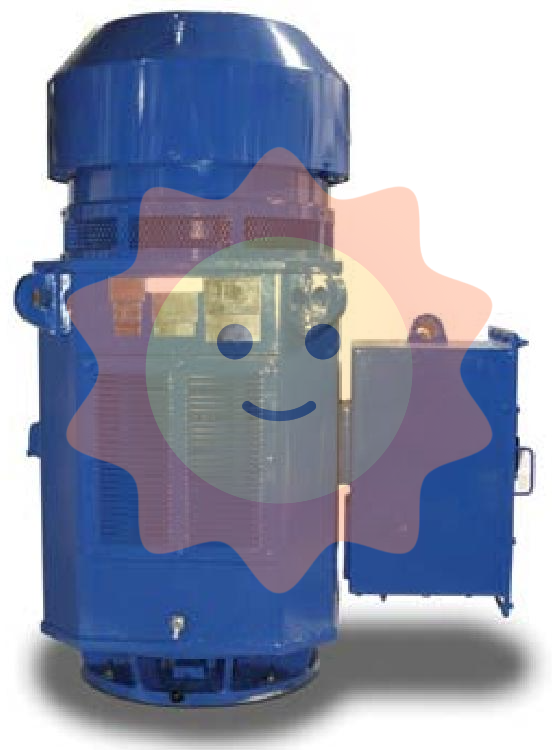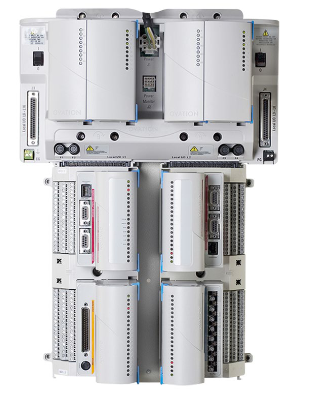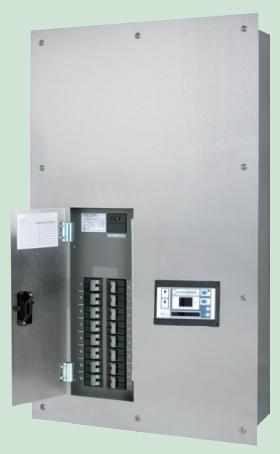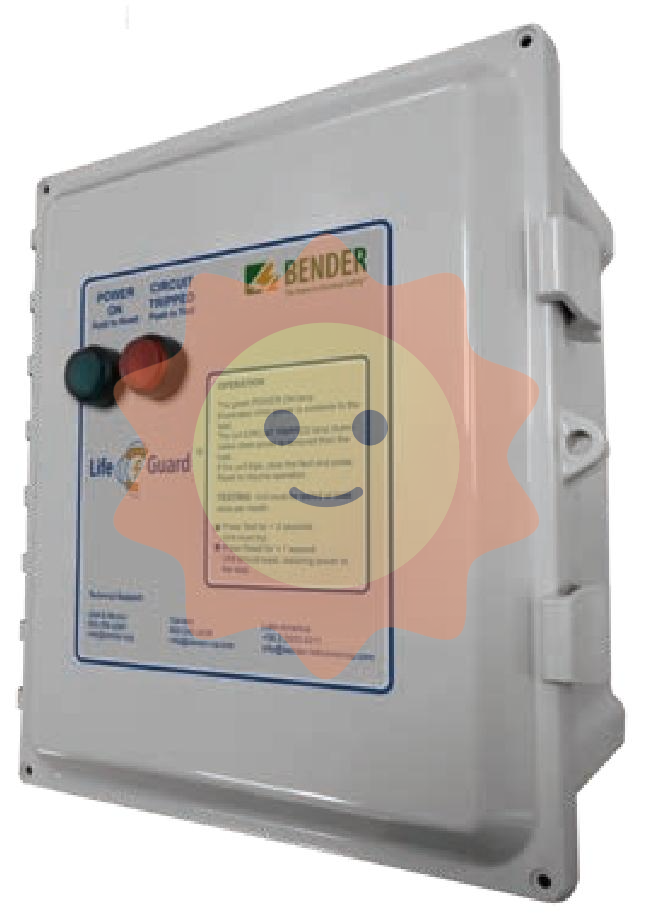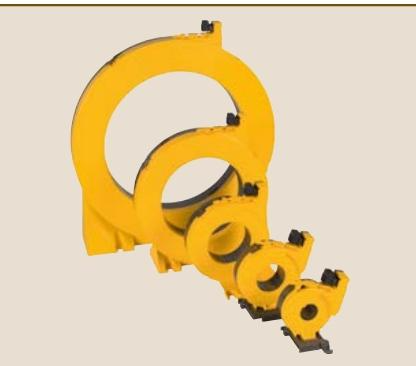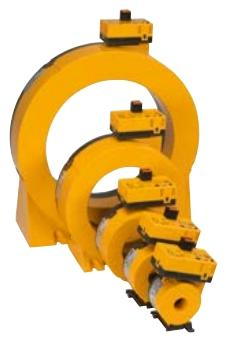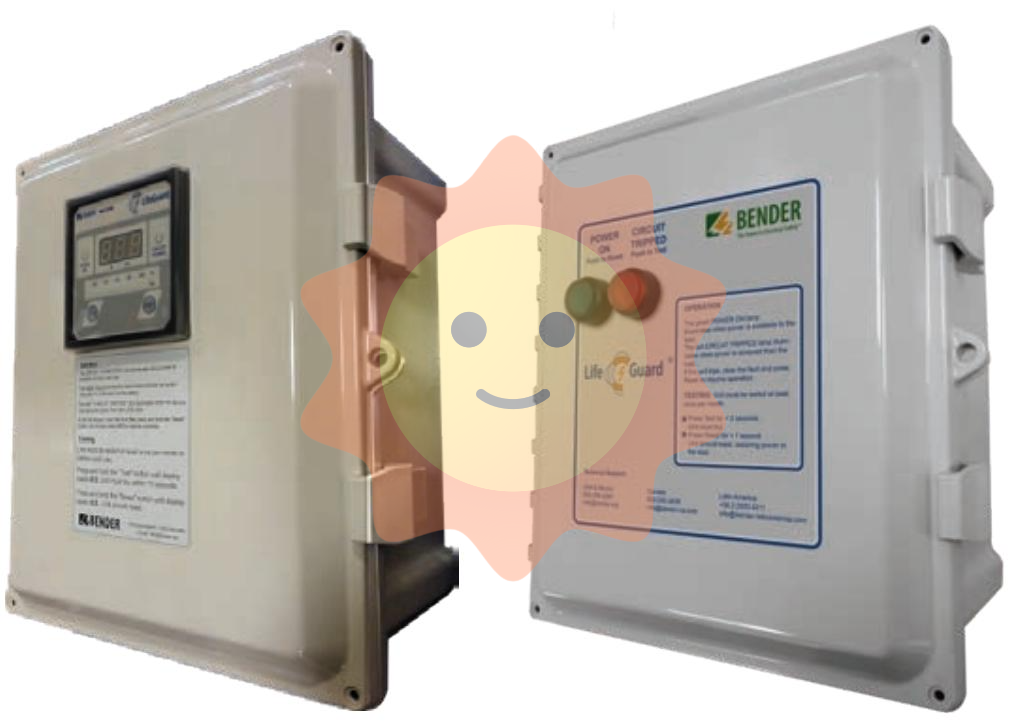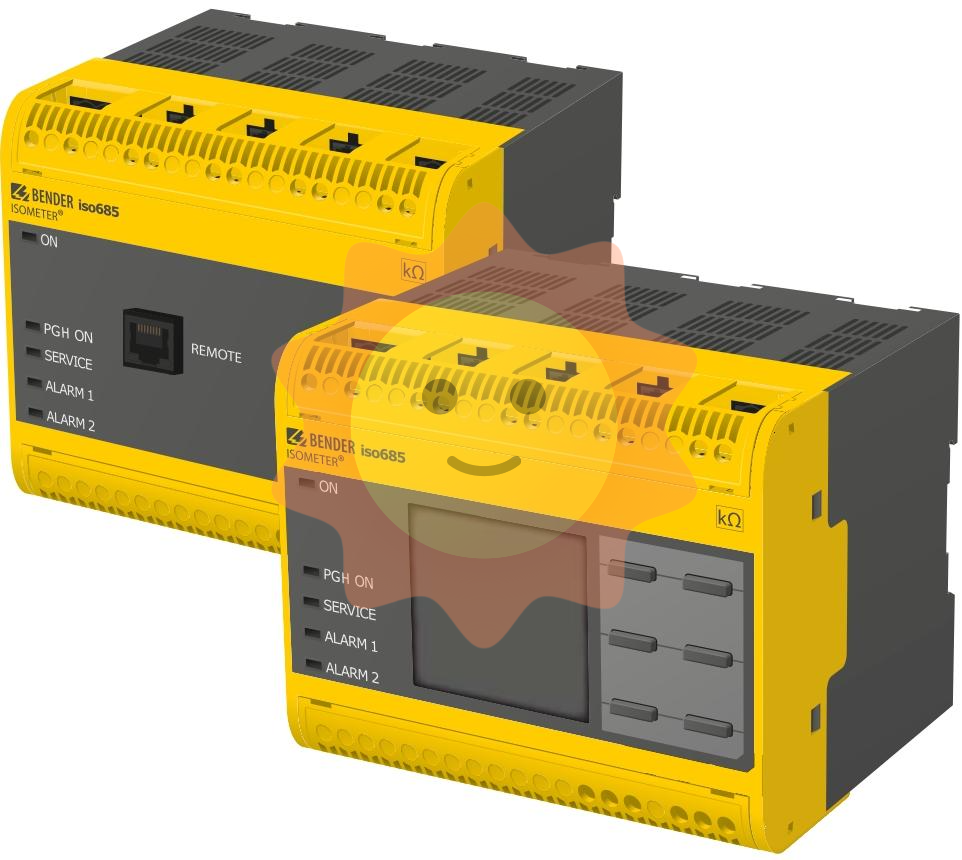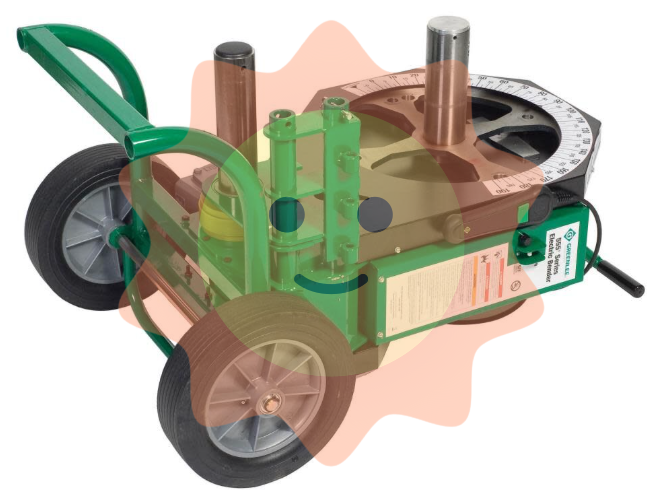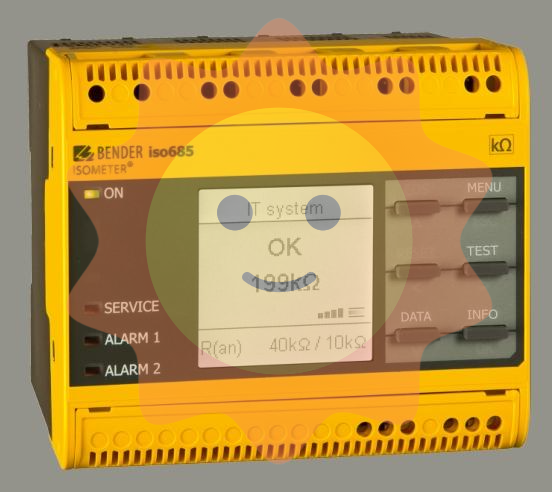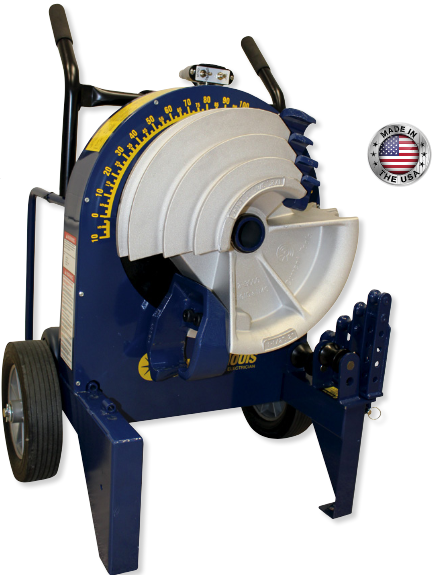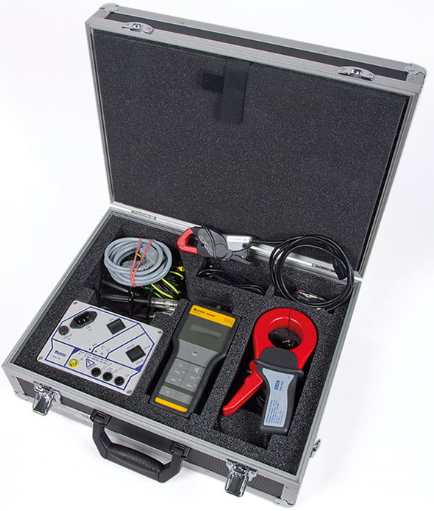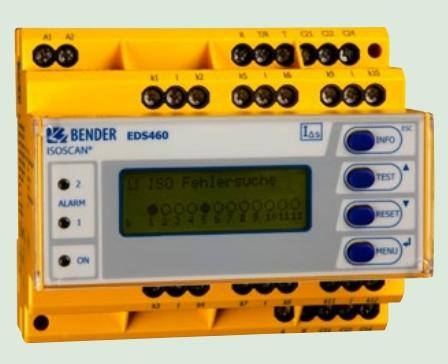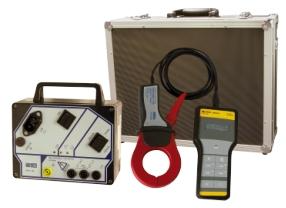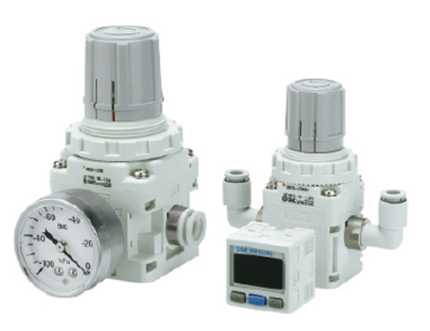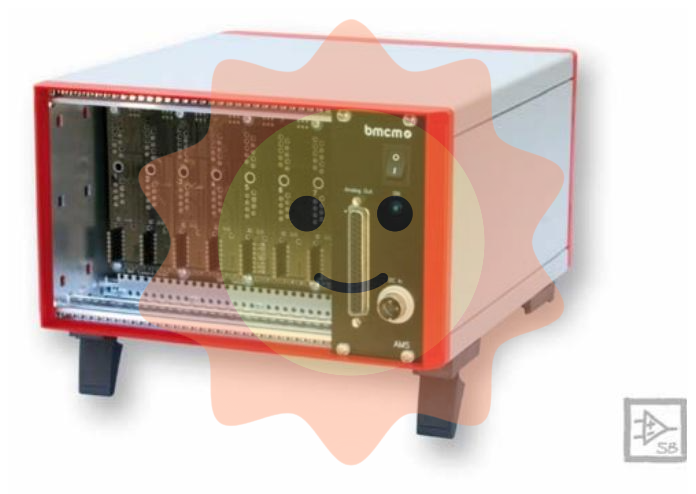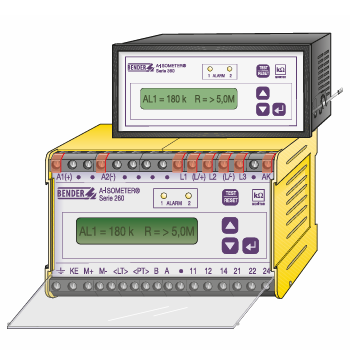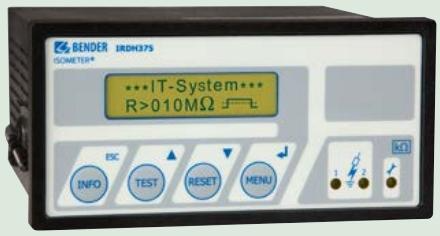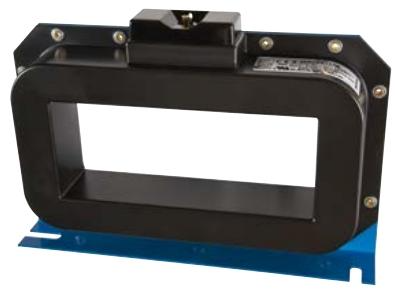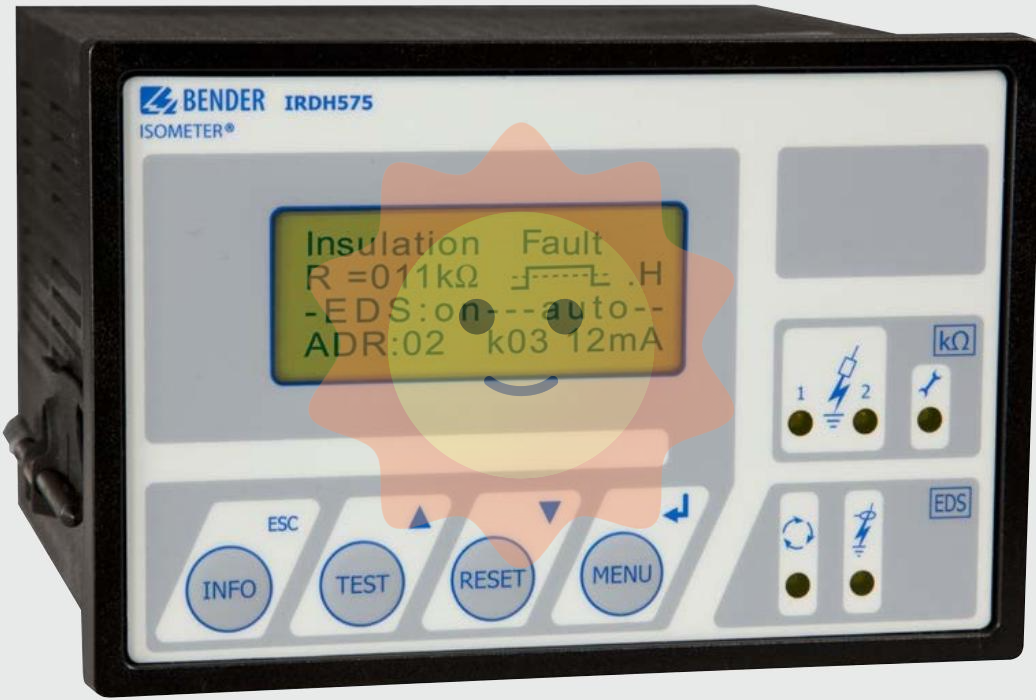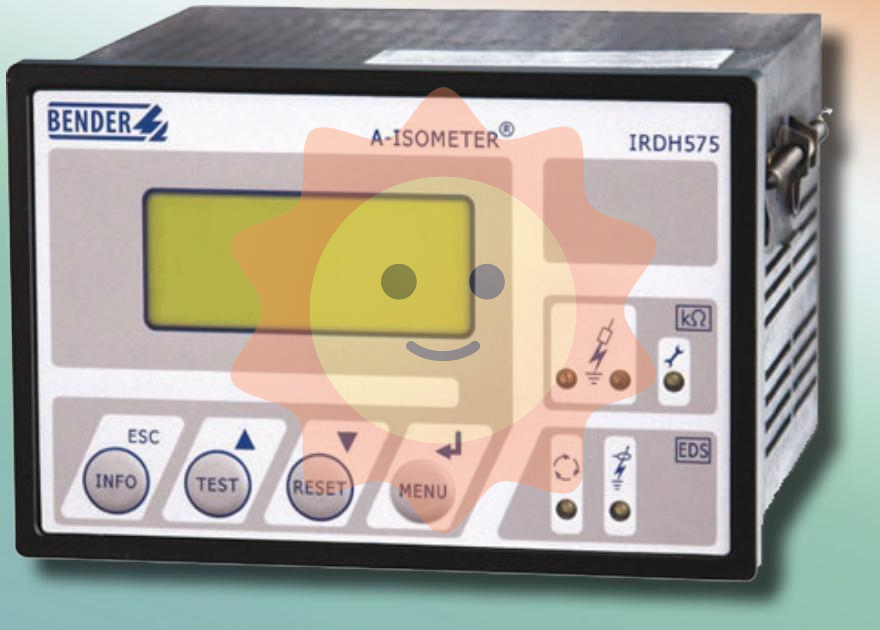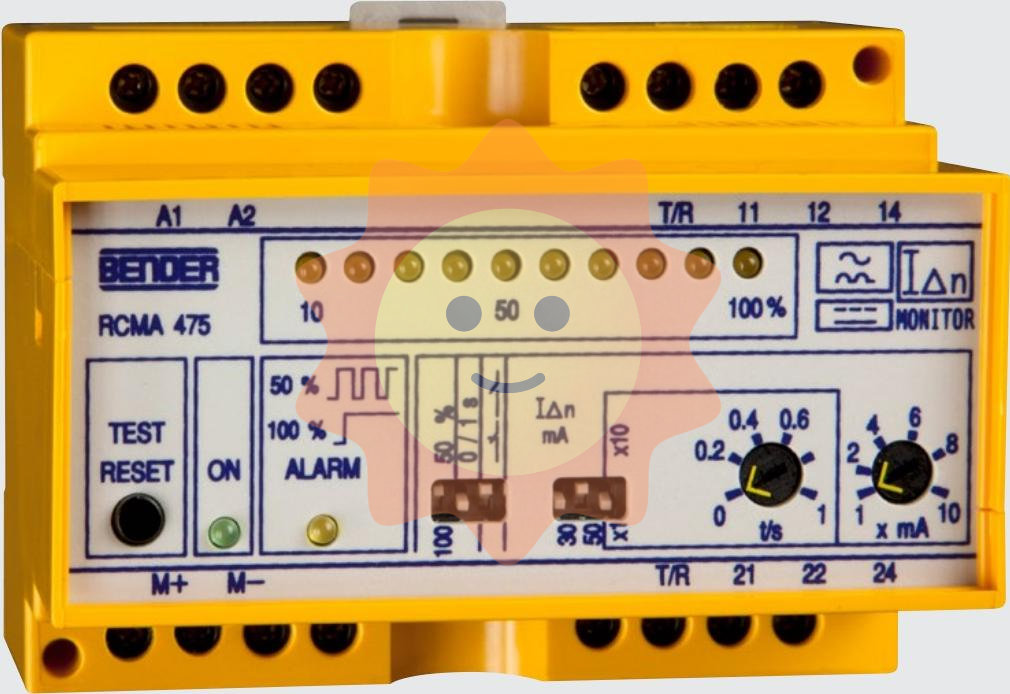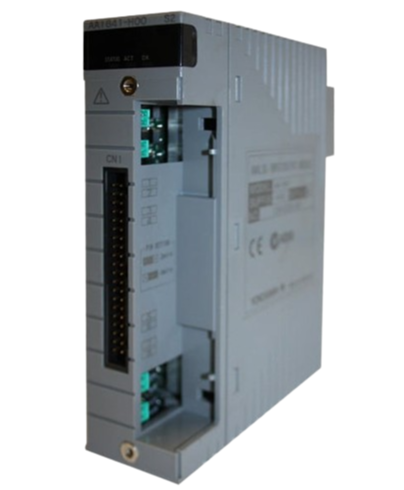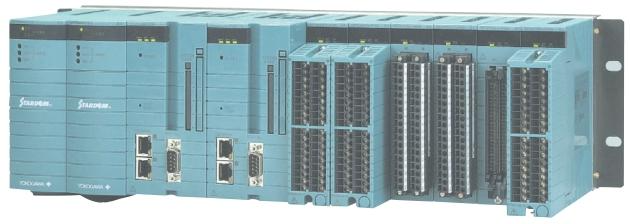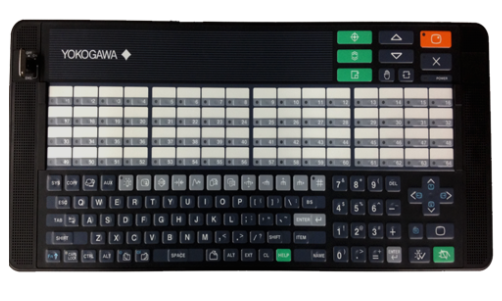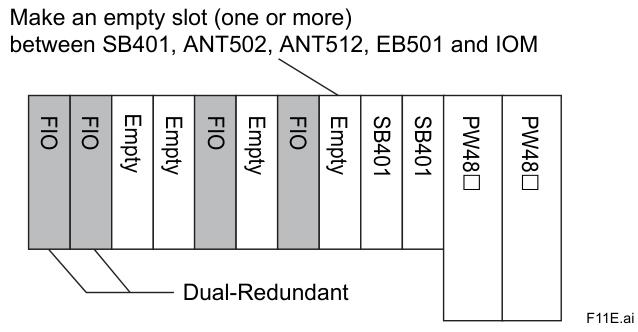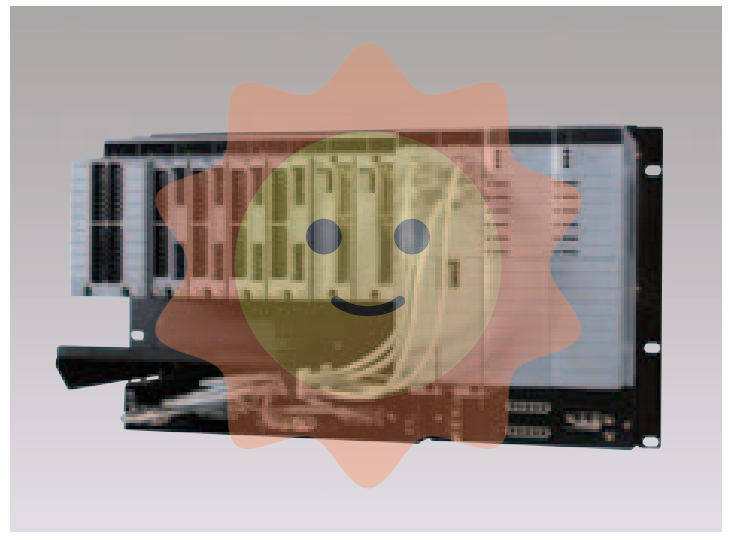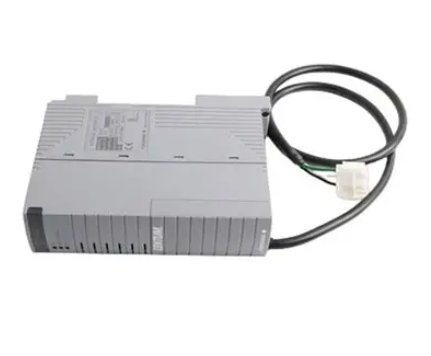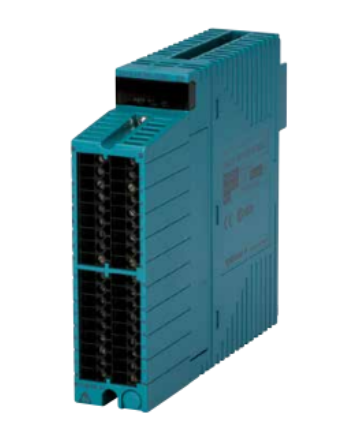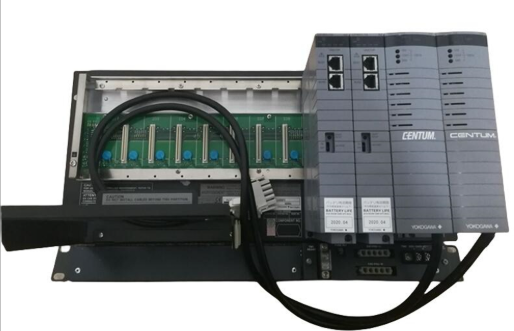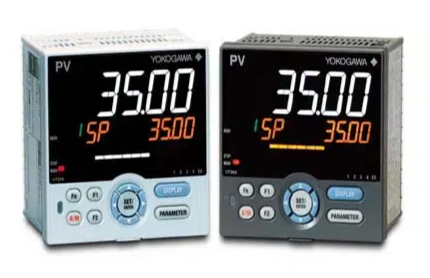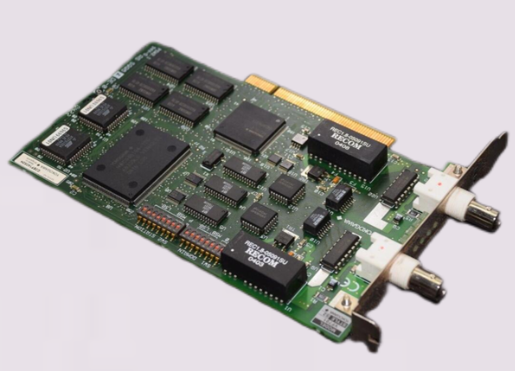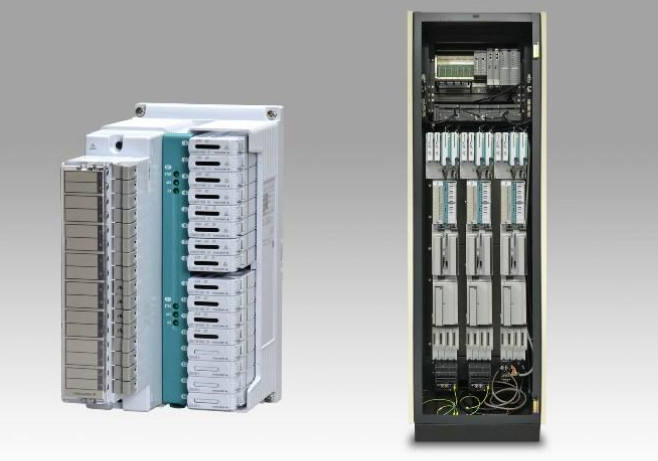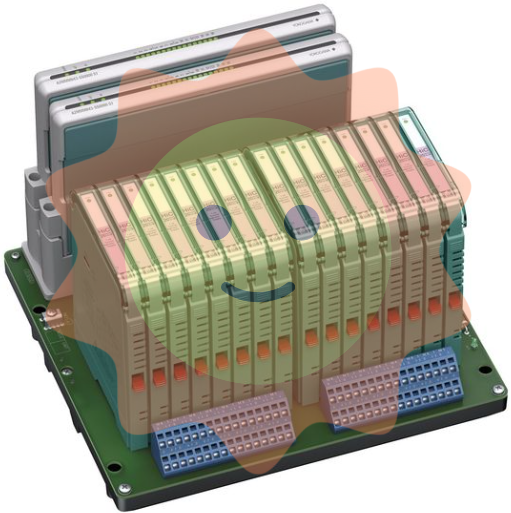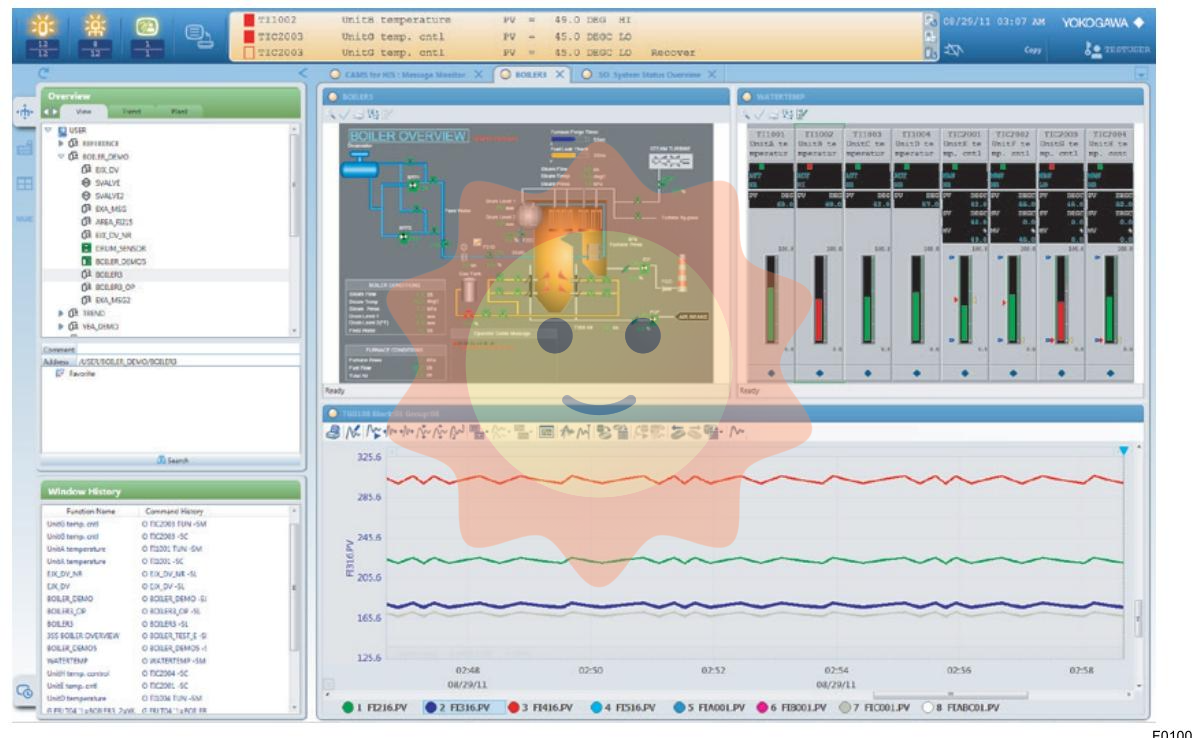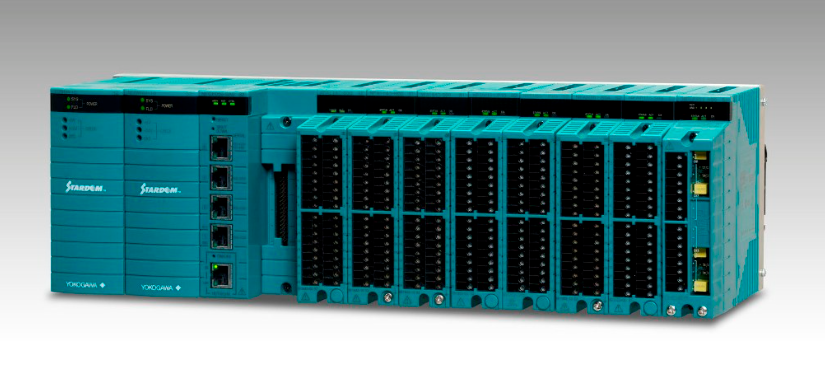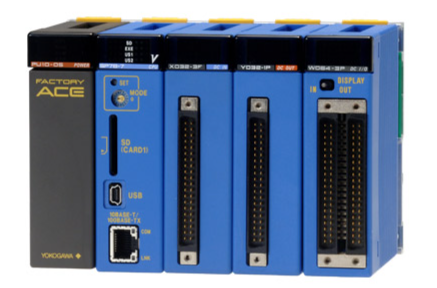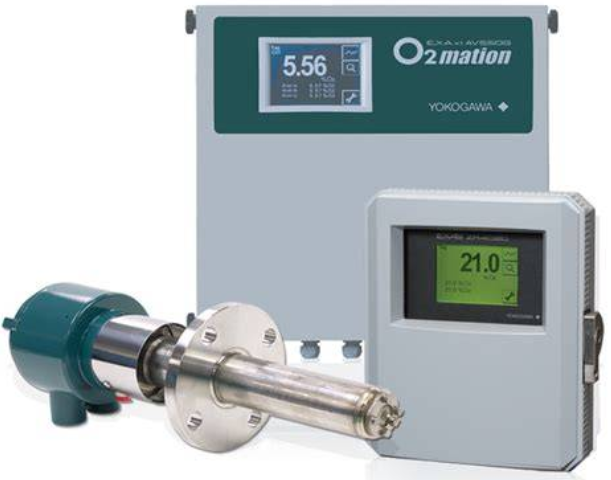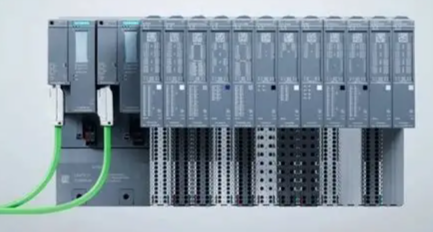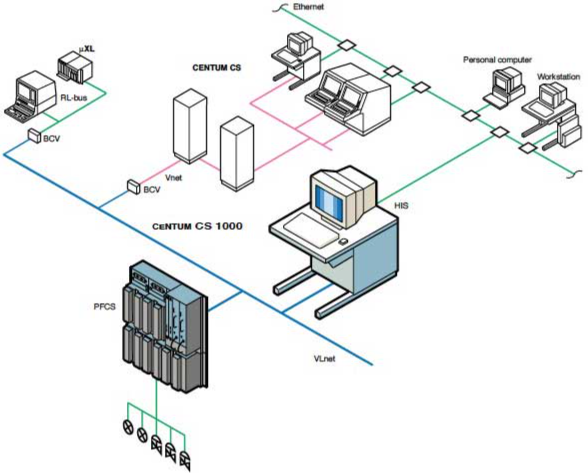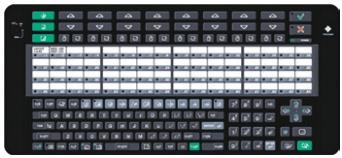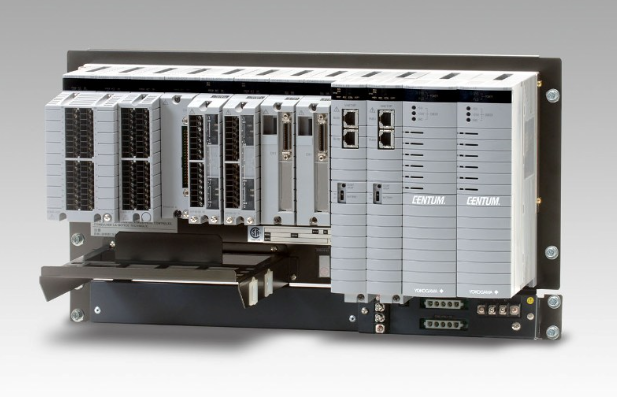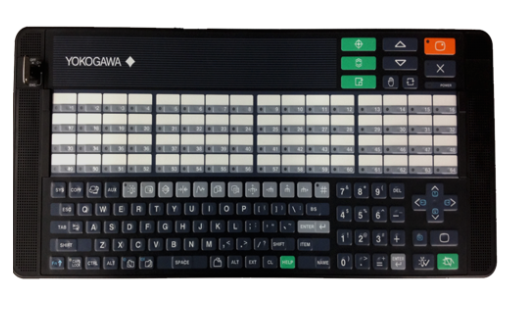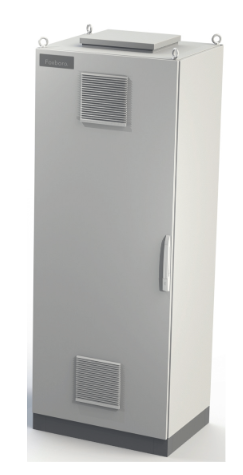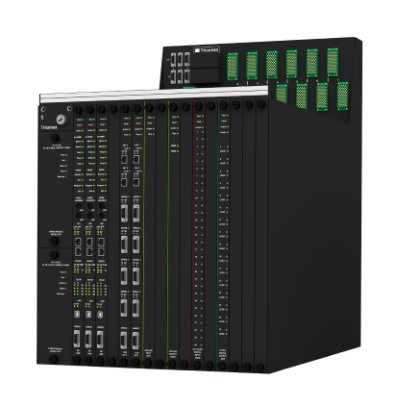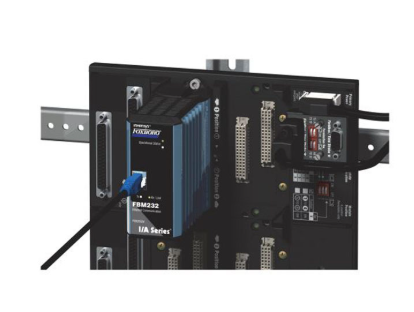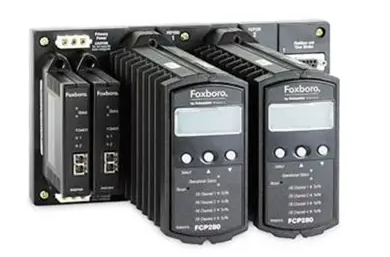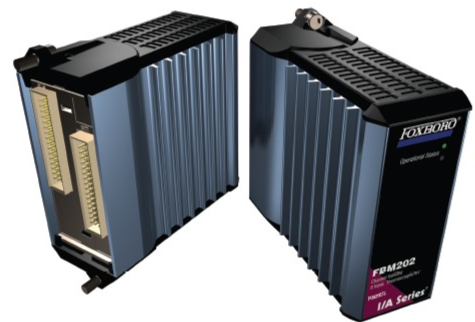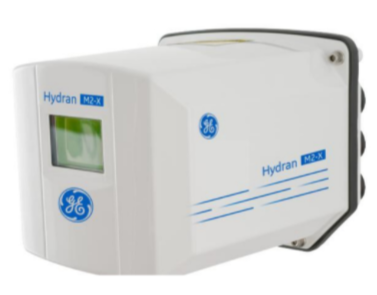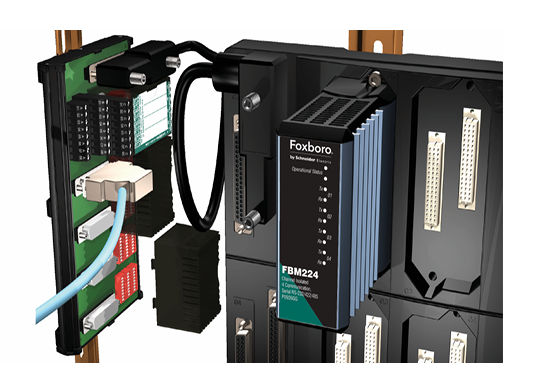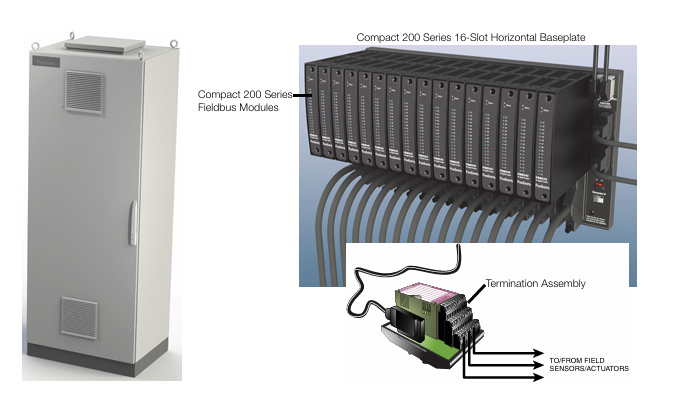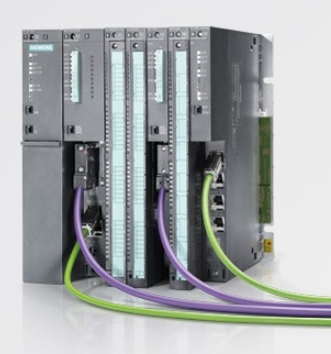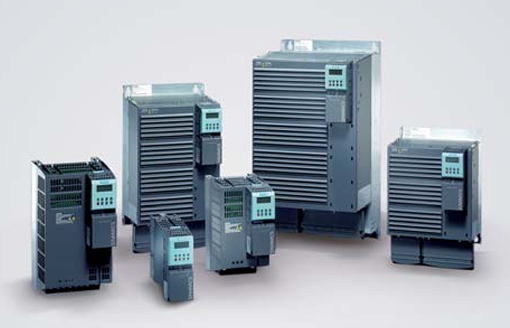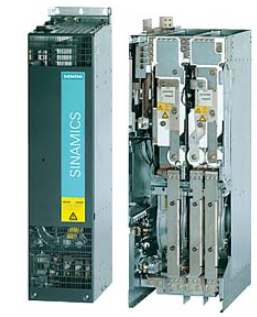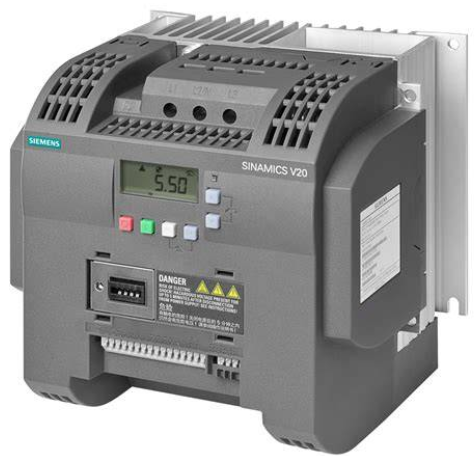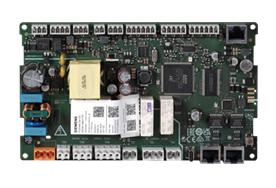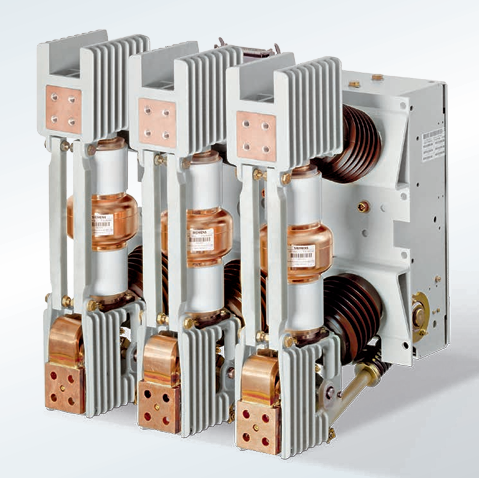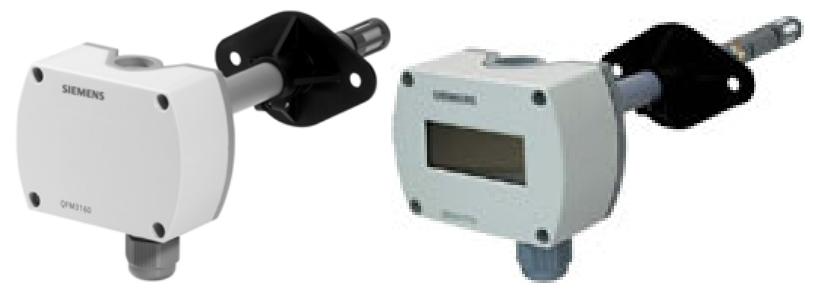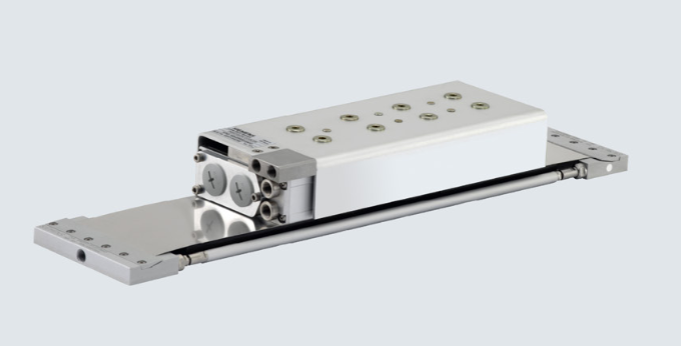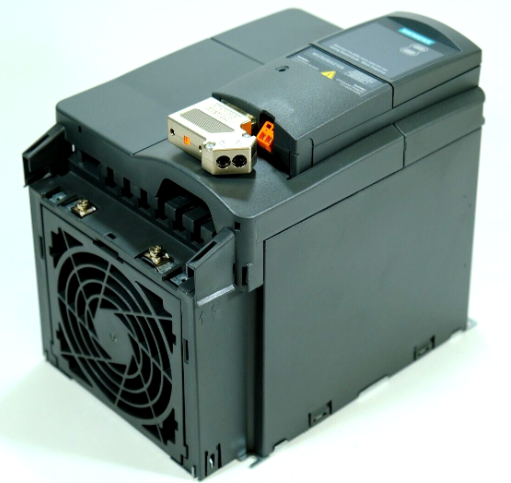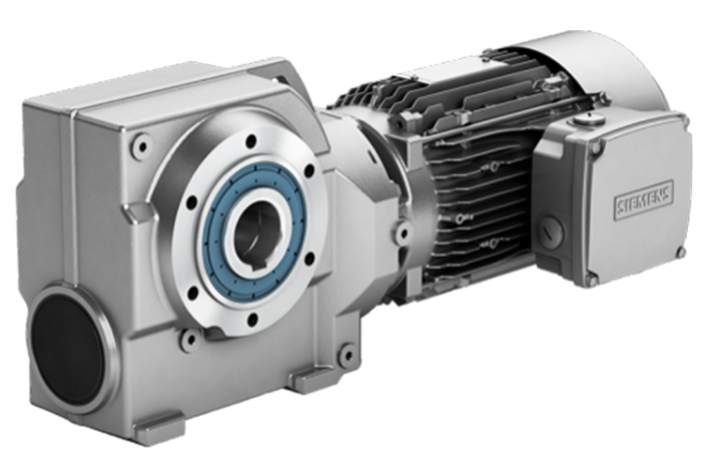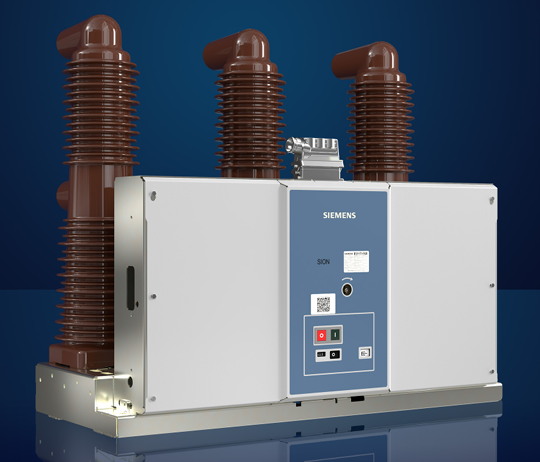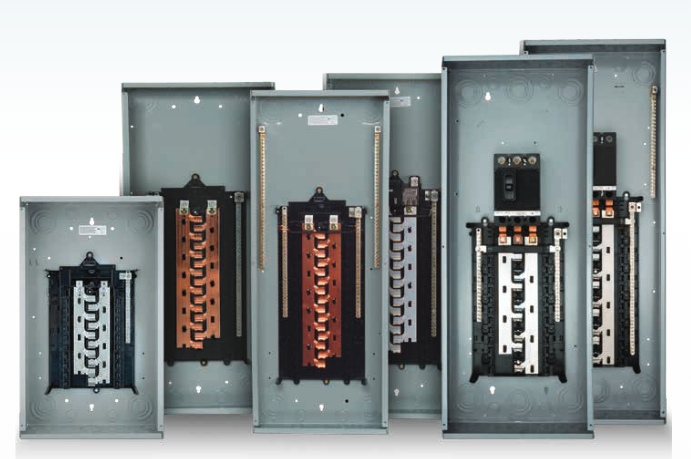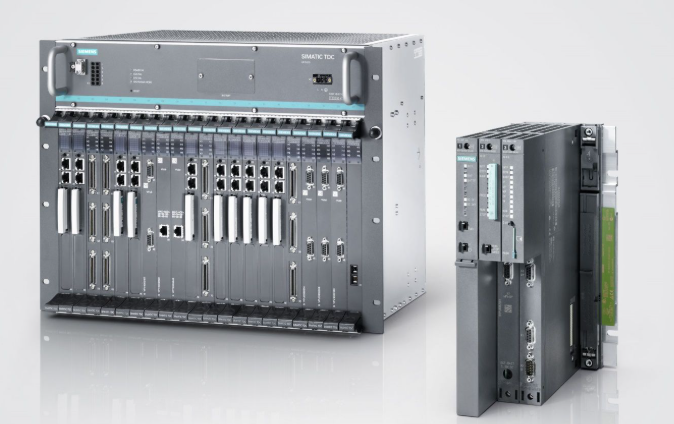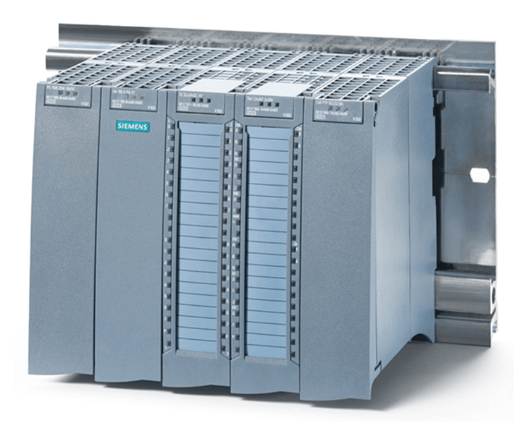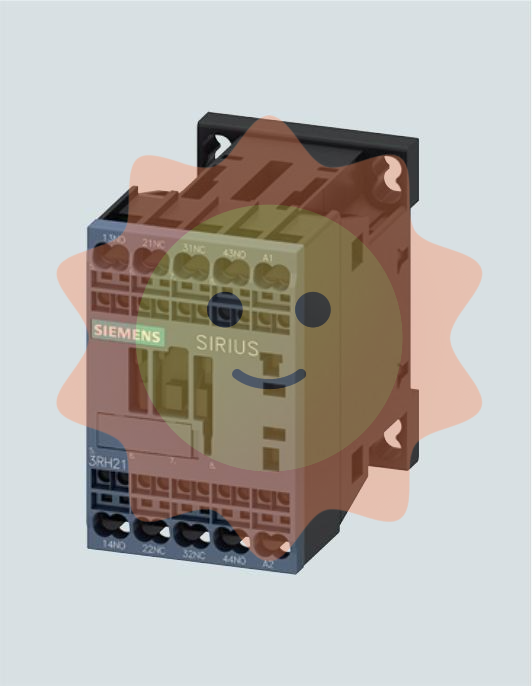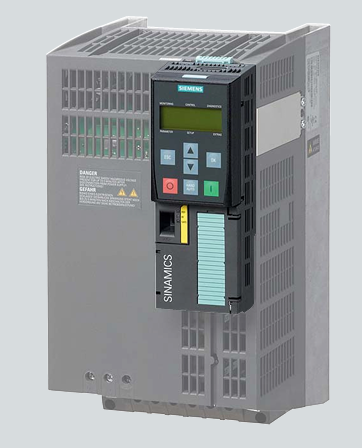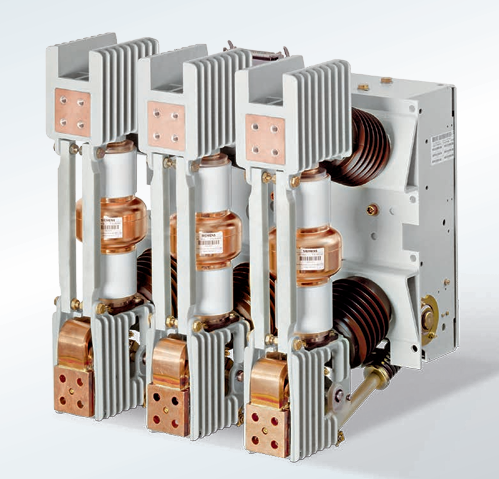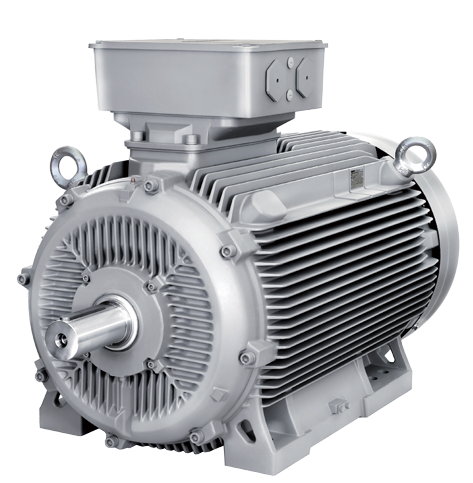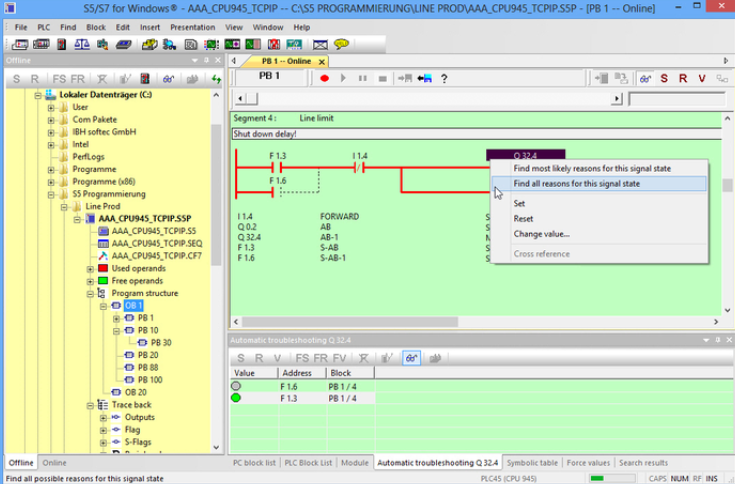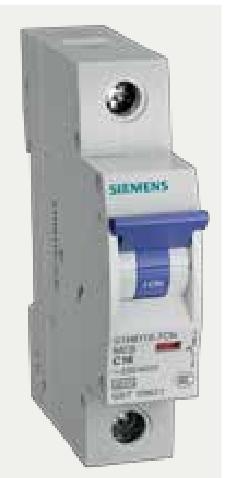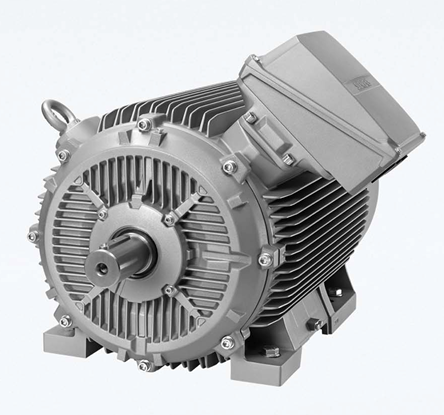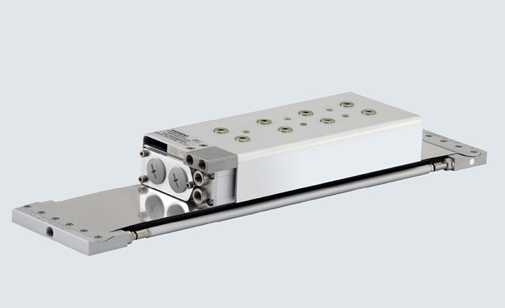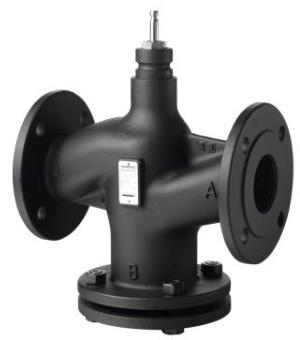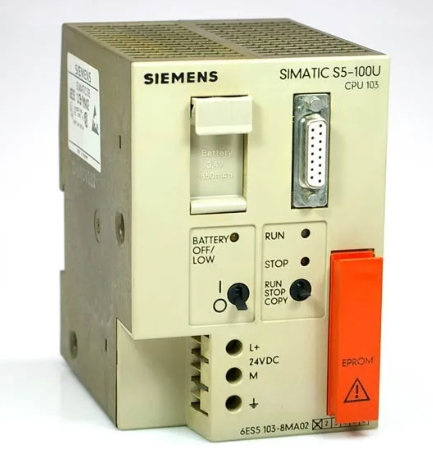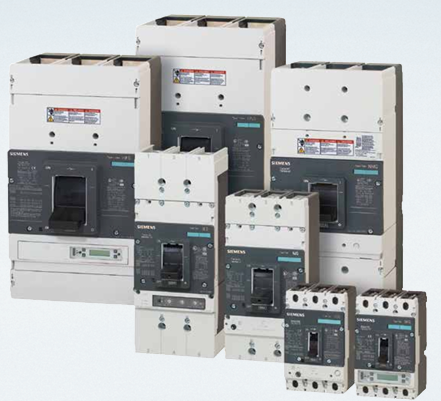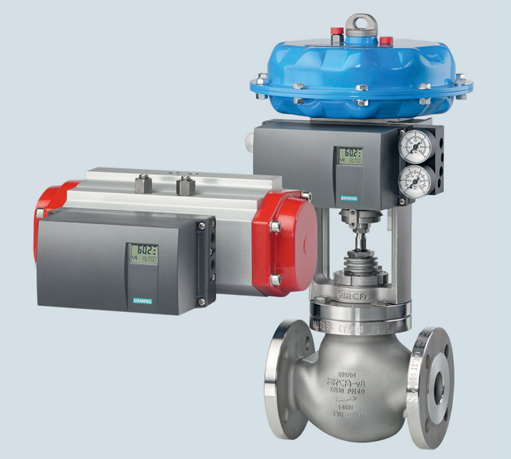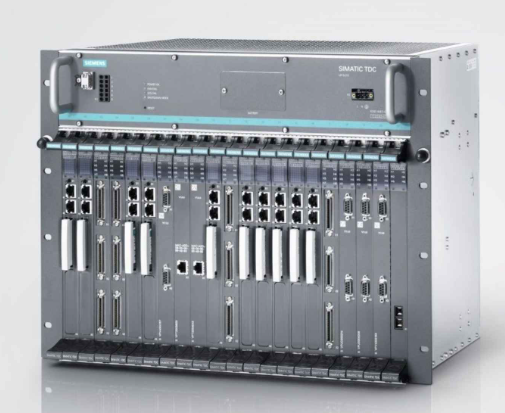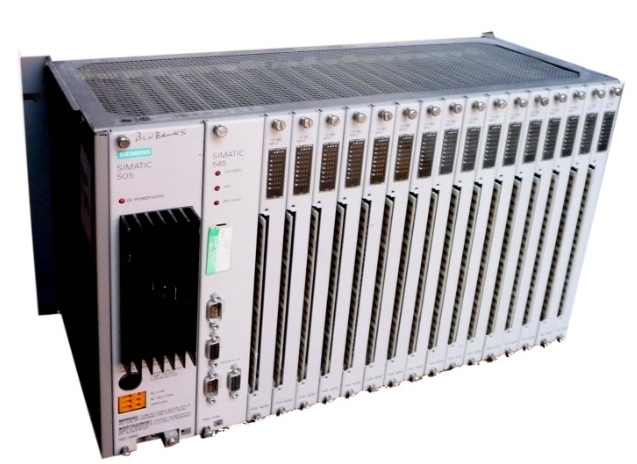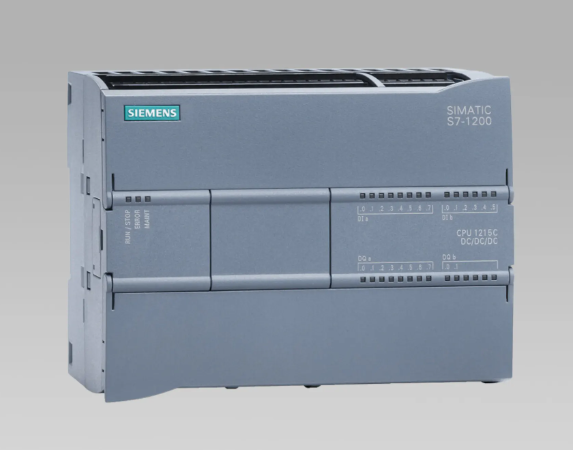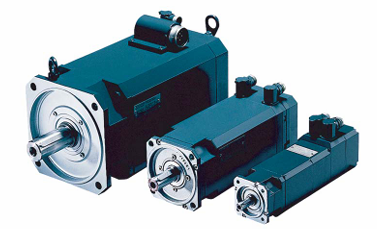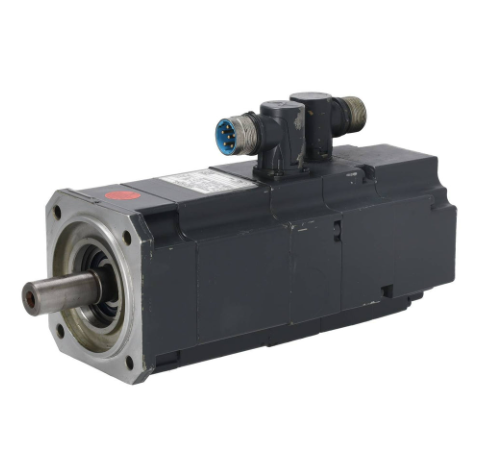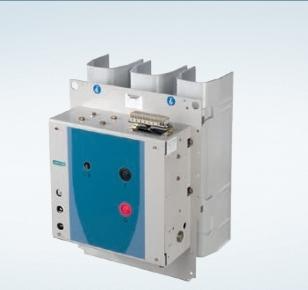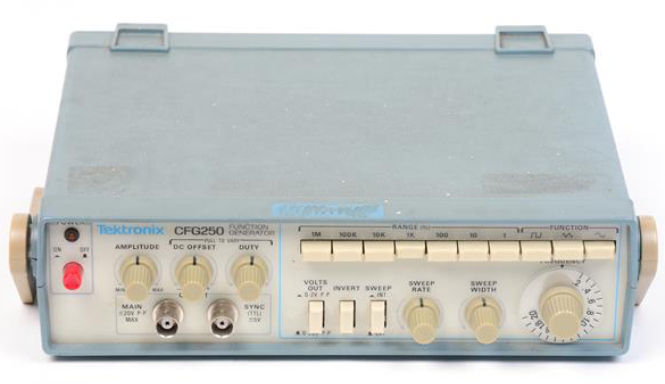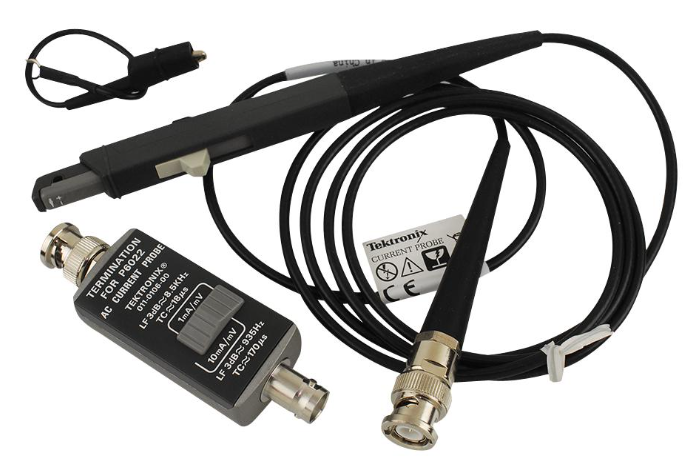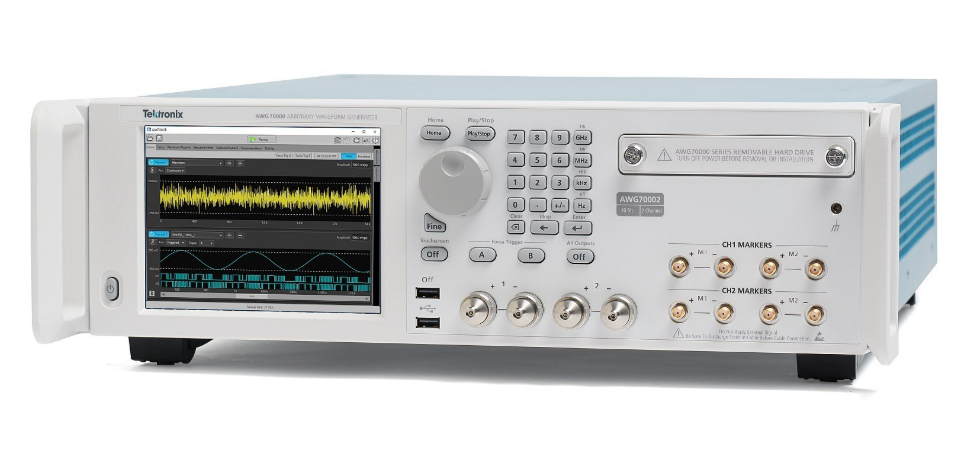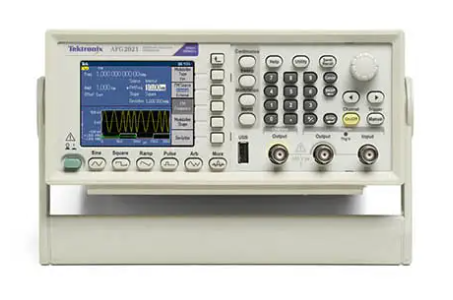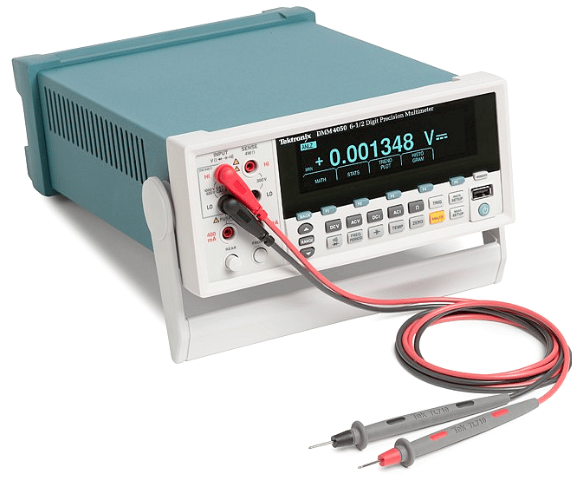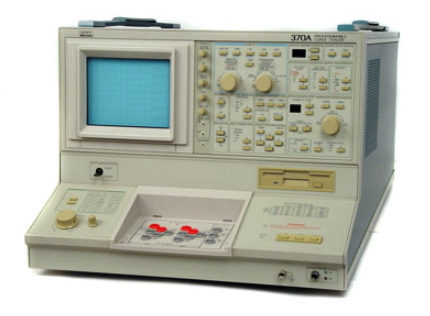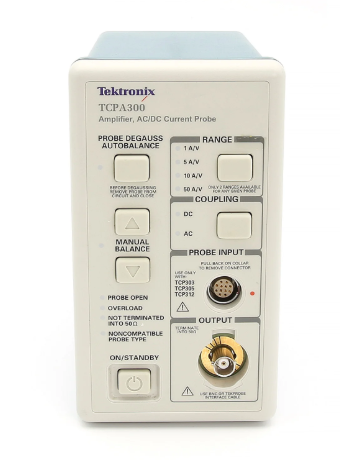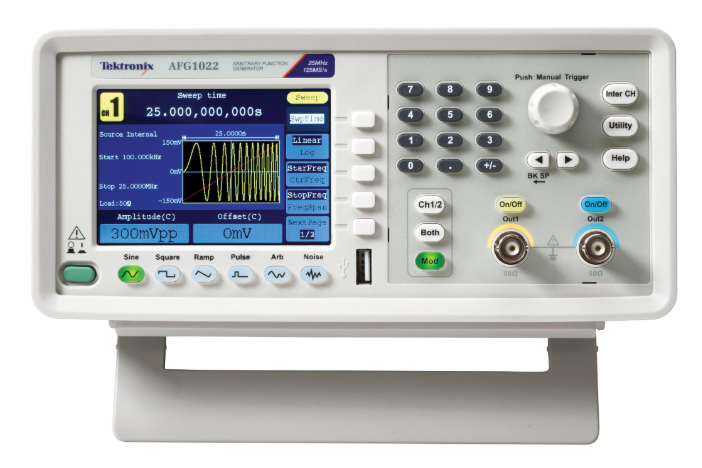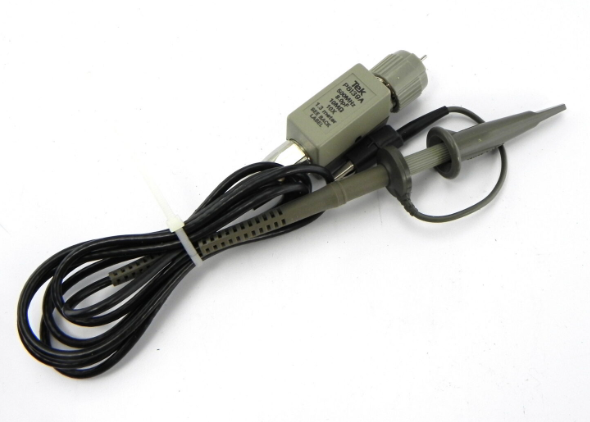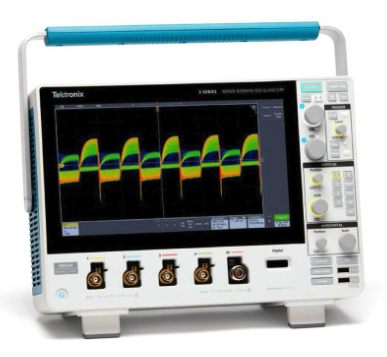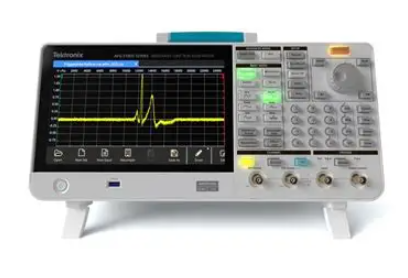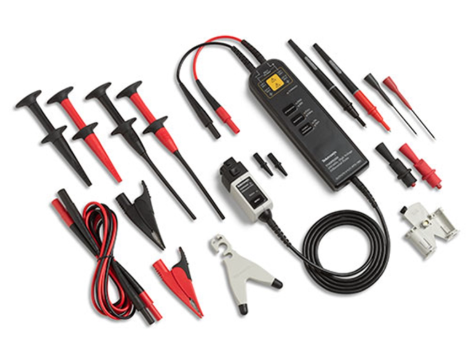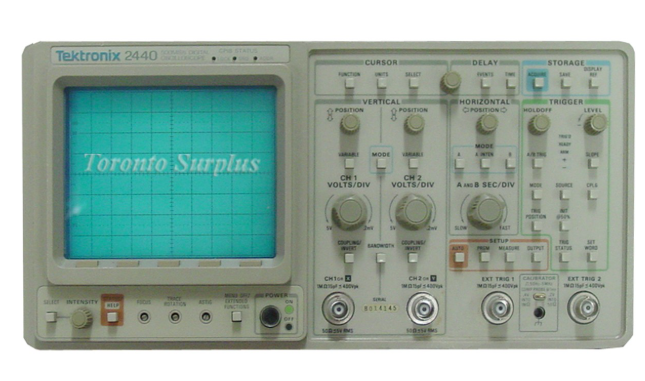GE DS3800HPCA Digital Pulse Controller Board
GE DS3800HPCA Digital Pulse Controller Board
Part Number DS3800HPCA Manufacturer General Electric Country of Manufacture As Per GE Manufacturing Policy Series Mark VI/VIe Function Module Availability In StockDS3800HPCA is a digital pulse controller board developed by GE. It is a part of Mark IV control system. As a digital pulse controller, it is designed to generate and control precise digital pulses. The board manages and coordinates timing sequences and pulse generation in a controlled manner. Features On one side of the board, there is a long connection terminal (female). It has five LED lights.
Four of them are red and are grouped together. The fifth is an amber color that stands alone. The board contains 27 EPROMs and 6 EEPROMs. These components house the programming data. While the EPROM can be reprogrammed, the EEPROM cannot. EPROMs and EEPROMs are organized into four distinct rows. A thin metal divider with eight contact points separates each row. The moduule has one edge labeled A through H, followed by a J. A triangular symbol appears between each letter. Product Attributes Pulse Generation: Capable of generating digital pulses with precise timing and characteristics. It may offer adjustable pulse width, frequency, and amplitude settings to accommodate different system requirements.
Timing Sequences: It provides the capability to define and sequence multiple pulses in a coordinated manner. This allows for the precise synchronization of actions within the control system, ensuring accurate and efficient operation. Digital Inputs and Outputs: Includes digital input and output ports, enabling communication and integration with other components of the control system. These ports can facilitate the exchange of digital signals and trigger events based on predefined conditions or external inputs. Programmability: Offer programmable features, allowing users to define and configure specific pulse generation patterns, timing sequences, and logic operations.
This programmability enhances flexibility and adaptability to different control system requirements. Compatibility and Communication: The board is likely designed to interface with other components of GE's control systems, supporting standard communication protocols such as Modbus, Profibus, or Ethernet. This ensures seamless integration into the broader control system infrastructure. Diagnostic and Monitoring Capabilities: The board may provide diagnostic features for monitoring pulse generation and system health. This can include status indicators, error detection mechanisms, and fault reporting, which aid in troubleshooting and system maintenance.
The IO module has the following main functions
Input Function
The IO module can receive input signals sent by external devices and convert them into digital or analogue signals for use by the computer system or control system. These input signals can come from a variety of sensors, such as temperature sensors, pressure sensors, photosensitive sensors and so on. By receiving and parsing these input signals, the system can monitor and control the external environment in real time.
Output Functions
The IO module is capable of converting the output signals generated by a computer system or control system into the form required by an external device. These output signals are typically used to control actuators such as motors, valves, lights, etc. By sending appropriate output signals to external devices, the system enables control and operation of the external environment.
Data Acquisition and Processing
The IO module is capable of acquiring data from external devices and transferring it to a computer system or control system for further processing. This enables the system to acquire environmental data, status information and user inputs in real time and make appropriate decisions or perform specific tasks based on these data.
Communication Interfaces
IO modules are usually equipped with different types of communication interfaces, such as serial interfaces (RS232, RS485), Ethernet interfaces, CAN bus interfaces, and so on. These interfaces enable IO modules to exchange data and communicate efficiently with computer systems or other external devices.
APPLICATIONS
• Simulation
• Instrumentation
• Industrial control
• Process control and monitoring
• Factory automation
• Intelligent networked PLC controllers
• Automated test
• Data acquisition

- User name Member Level Quantity Specification Purchase Date
- Satisfaction :
-









Email:wang@kongjiangauto.com

